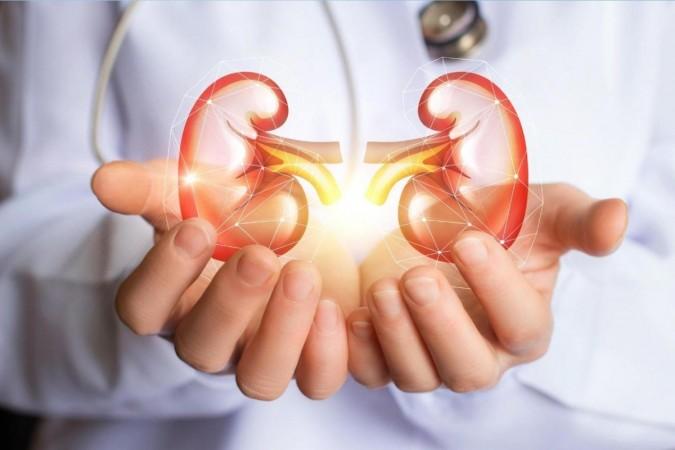Improving air quality may not only help your lungs but also your kidneys, suggests a study.
Researchers from King's College London found that ambient fine particulate matter (PM2.5) concentration reduction led to significant improvement in laboratory test results used to assess a patient's kidney function.
"Long-term exposure to PM2.5 has been associated with declined kidney function. However, whether the association is causal remains unknown," said Co-author Yiqun Han, Research Associate in School of Public Health, Imperial College London.

In the study, published in the journal Health Data Science, the team conducted a quasi-experimental difference-in-difference analysis. They identified a strong linkage between the reduced PM2.5 with improved kidney function, Han added.
The researchers analysed the demographic and laboratory records of 5,115 adults. They investigated the change in kidney function parameters between 2011 and 2015 according to the population's long-term exposure to PM2.5 derived from an environmental database.
Multiple kidney function parameters
The team found that a 10 Ig/m3 reduction in PM2.5 significantly improved multiple kidney function parameters. Glomerular filtration rate (GFR) increased by 0.42 mL/min/1.73m2, blood urea nitrogen (BUN) decreased by 0.38 mg/dL, and uric acid (UA) decreased by 0.06 mg/dL, respectively.
GFR is a test used to check how well the kidneys are working and further progression of chronic kidney disease.
Air pollution is known to affect kidney function. Several studies have shown that exposure to bad air is associated with an increased chronic kidney disease-related morbidity and mortality. Exposure to PM2.5, even at relatively low concentrations, is a risk factor for a lower kidney function and a faster decline in kidney function.

Han suggested the need for rapid air quality improvement driven by the action.
Besides kidneys, reduction in air pollution may help improve "population health, including cardiorespiratory diseases, metabolic diseases, mental and neurological disorders, and indicators for non-fatal risks (e.g., medical expenditure and disability), in addition to kidney diseases," he said.









!['Had denied Housefull franchise as they wanted me to wear a bikini': Tia Bajpai on turning down bold scripts [Exclusive]](https://data1.ibtimes.co.in/en/full/806605/had-denied-housefull-franchise-they-wanted-me-wear-bikini-tia-bajpai-turning-down-bold.png?w=220&h=138)



